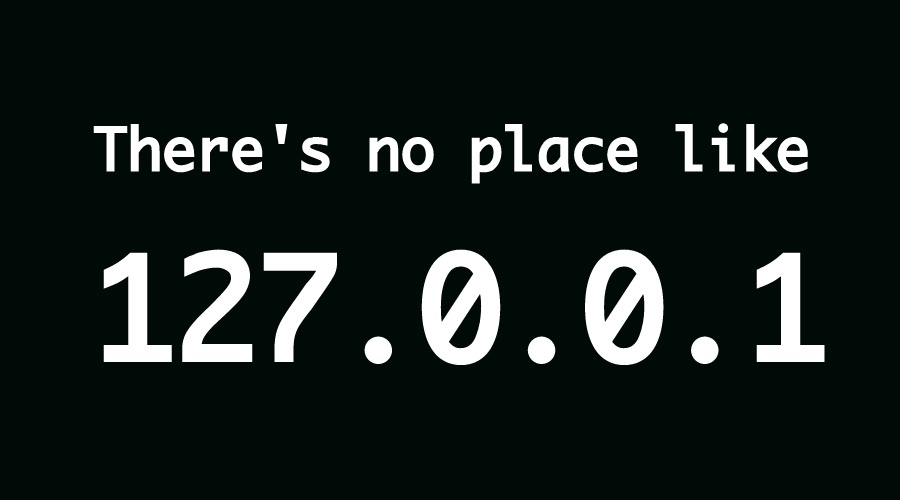IP addresses can be one of the most useful data artifacts in any analysis, but over the years I’ve seen a lot of people miss out on key attributes of IP addresses to facilitate analysis.
What is an IP Address?
First of all, an IP address is a numerical label assigned to a network interface that uses the Internet Protocol for communications. Typically they are written in dotted decimal notation like this: 128.26.45.188. There are two versions of IP addresses in use today, IPv4, and IPv6. The address shown before is a v4 address, and I’m going to write the rest of this article about v4 addresses, but virtually everything applies to v6 addresses as well. The difference between v4 and v6 isn’t just the formatting. IP addresses have to be unique within a given network and the reason v6 came into being was that we were rapidly running out of IP addresses! In networking protocols, IPv4 addresses are 32bit unsigned integers with a maximum value of approximately 2 billion. IPv6 increased that from 32bit to 128 bits resulting in 2128 possible IP addresses.
What do you do with IP Addresses?
If you are doing cyber security analysis, you will likely be looking at log files or perhaps entries in a database containing the IP address in the dotted decimal notation. It is very common to count which IPs are querying a given server, and what these hosts are doing, etc.
Leave a Comment